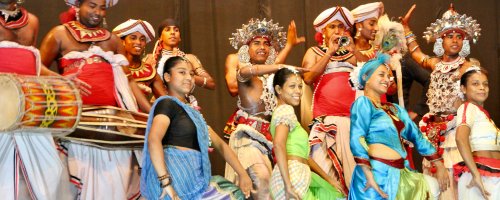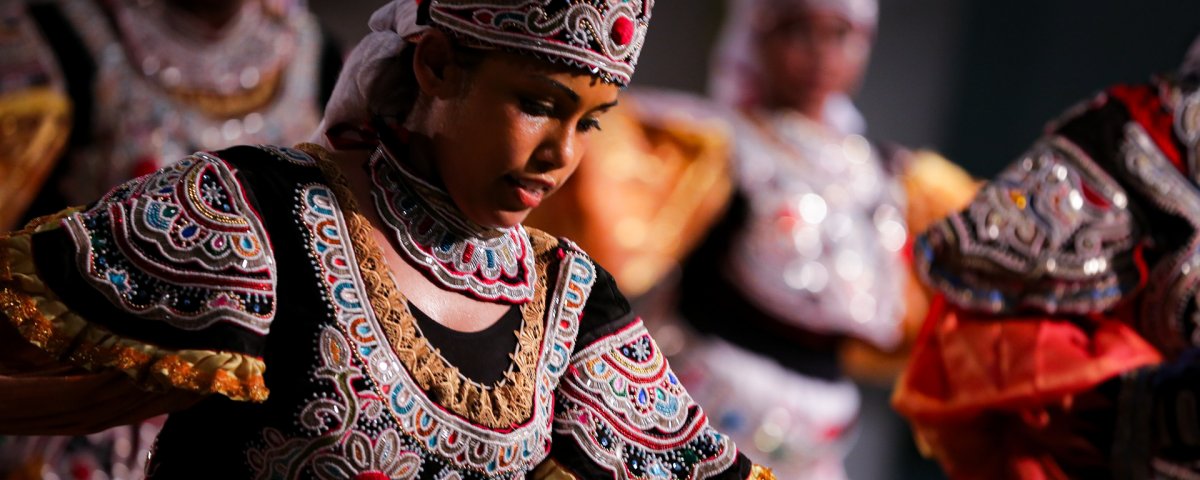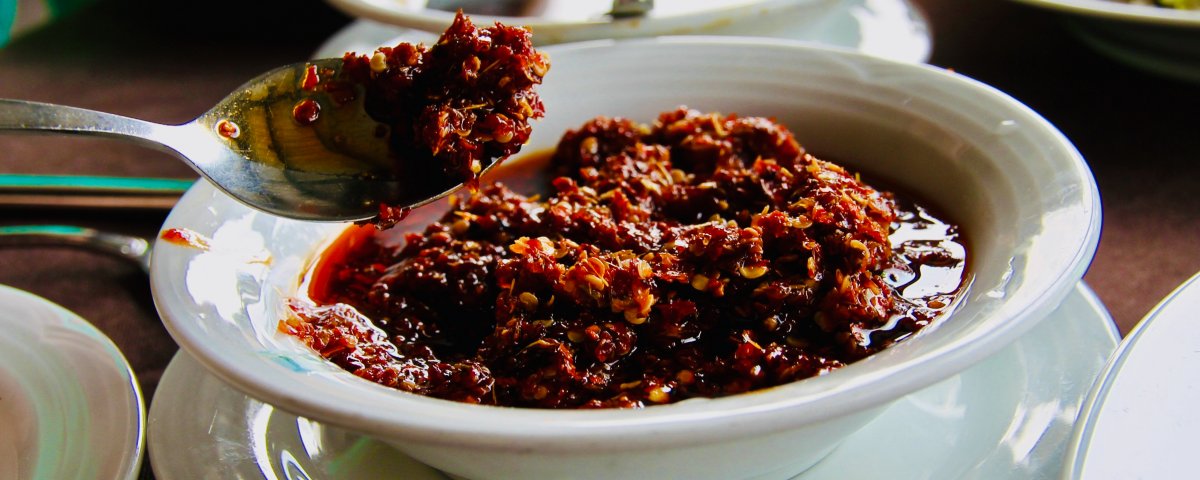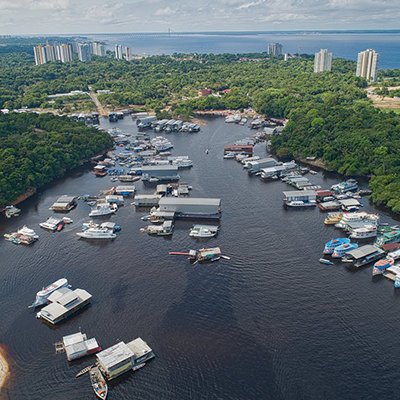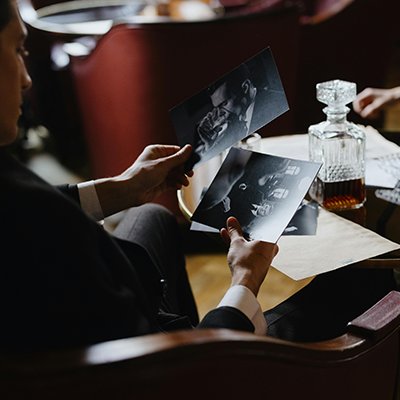The Esala Perahera festival is held ten days from the new moon, around August annually, in the old royal capital city of Kandy. The streets buzz in organized mayhem in one of the world's oldest and most unique festivals that is thought to be the fusion of two different events. Majestic riders of regally painted and draped elephants snake their way around the focus points of the city: Kandy Lake and the Temple of the Tooth. A mammoth elephant of these one hundred parading goliath-like creatures is designated the bearer of the sacred tooth believed to have been recovered from the Buddha's ashes about 2500 years ago. The overwhelming and majestic scene dazzles—glaring gold, brilliant red, and pure white encrusted dress on the elephants and the thousands of drummers, dancers, acrobats, fire-eaters, and whip-cracking souls. The boom of cannon firing cracks the silence at the start of the procession, followed by the hammering noise of ritualistic chanting and feverish drumming whipping up the air.
The Esala Perahera celebrations are ancient. They are believed to have stemmed from the 3rd Century BC when it was a ceremonial event asking the gods for rain. The Dalada Perahera honoring the Sacred Tooth Relic of Lord Buddha began in the 4th Century CE when the relic was brought to Sri Lanka from India 800 years after Buddha died. The sacred tooth is wrapped in the belief that whoever owns it has the divine right to rule, and numerous wars over its possession have reduced kingdoms to rubble. These two rituals morphed into the present-day Esala Perahera approximately 1,500 years ago when Kandy was a kingdom.
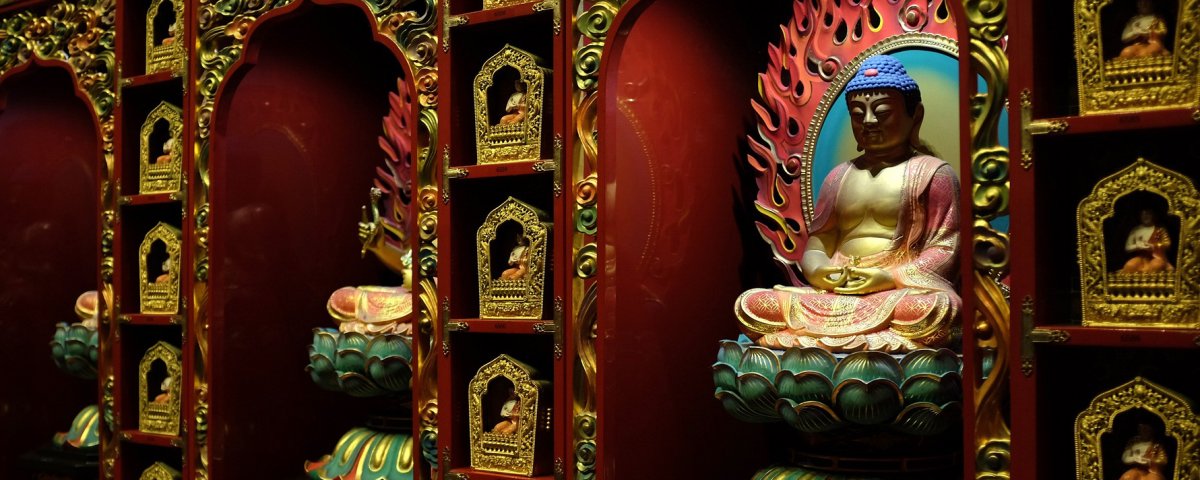
Kandy, in the heart of Sri Lanka on a plateau, is shrouded by mist-laden hills most days where tea plantations flourish. Lush rainforests thrive on the outskirts, and brightly colored houses litter the city's streets, where sari-clad females, school children dressed to play cricket, and three-wheeling contraptions buzz around. The central point of this old royal town is Kandy Lake, where the locals gather in family huddles, couples take gentle strolls, and not dribbling when trying to scoff down a string hopper with dahl from a curbside vendor is an art form only the townsfolk know.
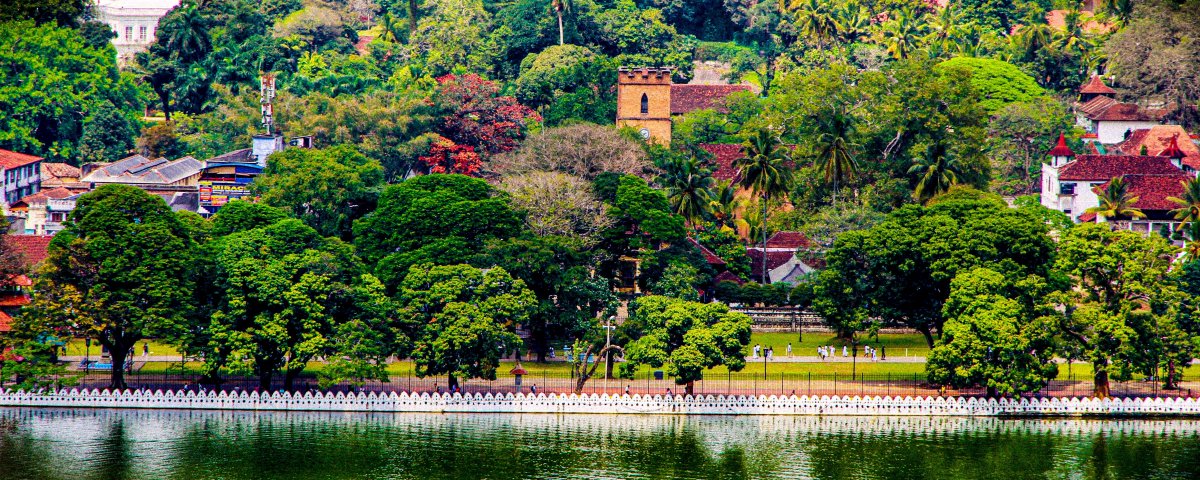
Traditions flourish in Kandy. The Kandyan Dance (Rangahala) is a town highlight. It can be seen at special performances throughout the city's hotels and restaurants. Twirling fire, drums beating to ancient rhythms, acrobatic bodies defying gravity, and vibrant colorful costumes create a dynamic cultural show. Each dance depicts a tale of Sri Lanka's richly woven history. The Puja dance, which features female dancers carrying oil lamps, represents their agricultural background. The Naga Gurulu is the dance of the snake and a mythical bird. The Mayura Natuma dance is the graceful movements of the peacock, which in mythology transports Skanda, Ceylon's god of war. Apparently, twenty-seven devils plague humankind and this is depicted in the Gini Sisila, or a fire dance, which includes fire eating.
Each instrument played is a call to the guardian gods. A conch shell trumpeted out at the show's beginning, which is an invocation at the start of any event. Similar to a small drum, there is the 'Raban' instrument and a version of this, the 'Arabian,' which is almost one foot in diameter; all beat out symbolic communications to the gods. The 'bera' and other drums blend perfectly in a symphony of storytelling-inspired music. The show ends with a spectacular display of fire walking, which, in Sri Lankan history, is derived from the stories of Rama and Seetha. The King of Ceylon, Rawana, abducted Seetha, the Princess, from her Indian King husband. Upon returning to India, she walked barefoot, unhurt, on a fire bed to prove her chastity. Before performing the fire walking, the dancers seek the blessings of Lord Kataragama and Goddess Pattini so they will not be hurt. The dress of a Kandyan dancer is traditional; sixty-four ornaments sparkle as they twirl in abandonment. Their bodies are covered in a sheen, so they glitter like the sun's rays. The dancing is tribal, ethnic, and mesmerizing.
Kandy is a history buff's utopia. The pilgrimage site of the Temple of the Sacred Tooth Relic, and the grand Royal Botanic Gardens is an oasis of beauty with over 60 hectares covered in 10,000 trees and tropical flora from around the world. Outside the city, historical temples and shrines guard panoramic grass fields or hide down silent meandering lanes near the town of Gampola. Gilded seated Buddha statues dating from the 14th Century can be seen at the temple Galadeniya Viharaya, and astounding carved wooden pillars decorate the 14th-century temples of Embekke Devalaya. Half-Buddhist and half-Hindu, the remarkable temple of Lankathilaka, set in a small village, is heart-stopping as it's built on a precarious rocky outcrop.
The foodaholic in Kandy will be heading to the labyrinth of market stalls between Colombo Street and Sri Delada Veediya Road, where you can mingle with the locals, buy a souvenir, or hunt down Sri Lanka's iconic cuisine, which is a patchwork of every nationality that has ever landed on its shores, from Malaysian to Indian, Portuguese to Dutch. You can sit in quirky cafes where it's impossible to keep count the little dishes that come with your rice and curry, savor curd and honey, or devour banana fritters or coconut pancakes drizzled with honey.
Gail Palethorpe, a self proclaimed Australian gypsy, is a freelance writer, photographer and eternal traveller. Check out her website Gail Palethorpe Photography and her Shutterstock profile.

